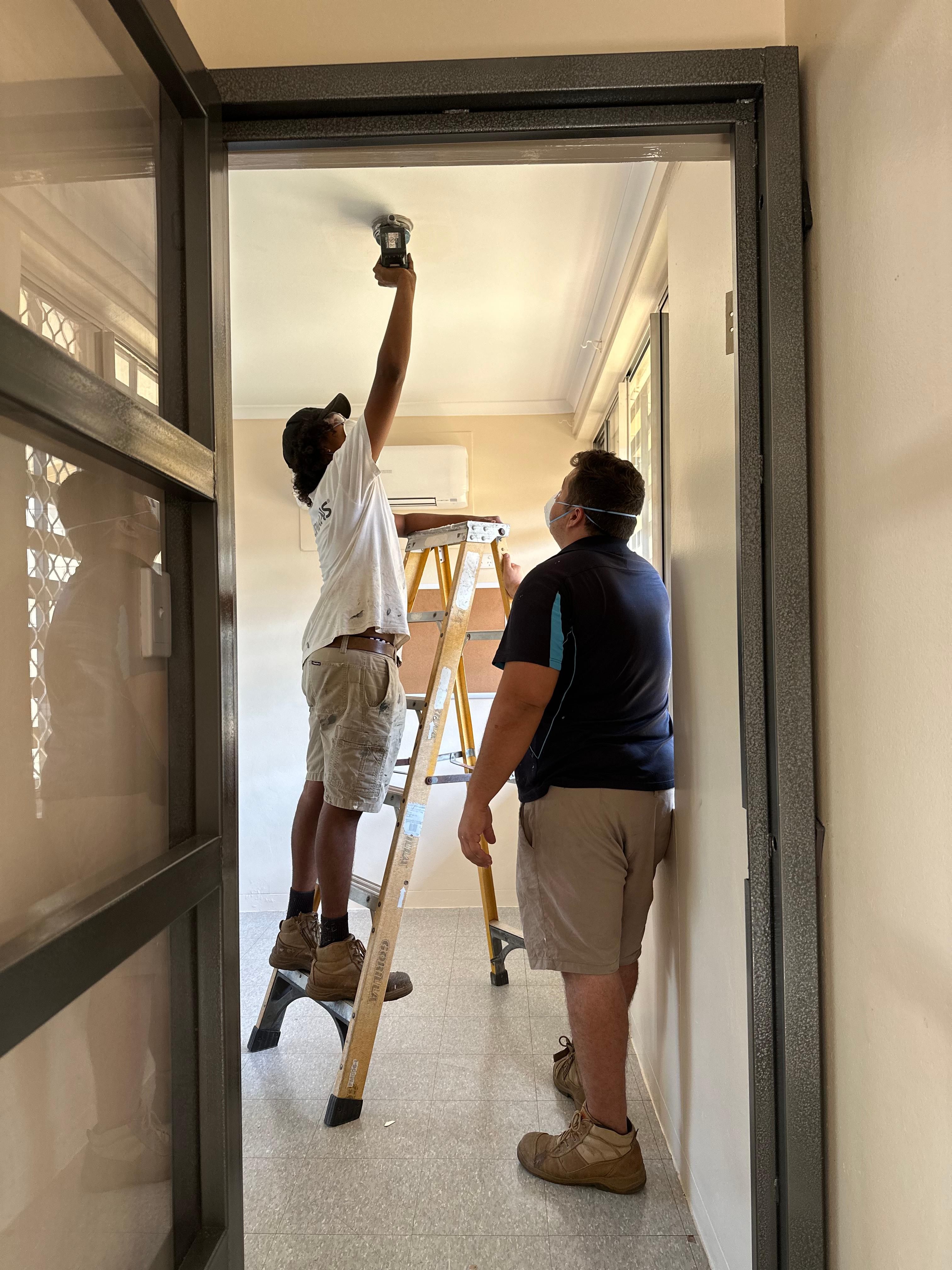Think back to when you were preparing to leave school and step into adulthood. You were likely excited, maybe a little nervous, but you probably had a safety net. A family home. Emotional and financial support. The privilege to fall and have loved ones to help you get up and try again.
Imagine facing that same transition without those supports.
For young people leaving out-of-home care, this is the common reality. While most Australians don’t leave home until they’re 24, young people in care often transition to independence much earlier. Formal placements typically end at 21, but many young people leave support systems even before that.
For young people leaving out-of-home care, in their first year of independence:
- Only 18% will exit care to a permanent home
- 35% will experience homelessness
- 29% are unemployed
- 41% of young women will fall pregnant
Everyone deserves the opportunity to thrive, but we can’t do it alone. The CASPA Foundation is committed to helping bridge the gap between out-of-home care and independence for vulnerable young care leavers. We help young people access the funds and training to develop the skills they need to support themselves independently.
Recently, we had the opportunity to help Meghan*, a young woman who had started in foster care and is now placed in a Semi-Independent Living (SIL) program. A high achiever with a history of academic excellence, she is studying social services. Meghan has also been selected as a youth advocate, representing the voices of children in care.
But she was at risk of falling behind because she did not have access to a functional laptop.
Despite multiple attempts, her application for a government-funded laptop was delayed due to administrative issues. As Meghan is now over 18, the SIL program couldn’t cover the cost. Without a laptop, she would not be able to continue her studies and change her future trajectory.
The CASPA Foundation was able to help.
After learning about Meghan’s story, we were able to provide the funds she needed to purchase a new, reliable laptop so she could continue her studies, stay on track, and keep advocating for others like herself.
When we invest young people like Meghan, we invest in the future. We create opportunities to ensure that vulnerable care leavers aren’t left behind. The ripple effect of these seemingly small investments can create real, systemic change that impacts our community well into the future.
*Names changed to protect privacy



